Reviewed by Julianne Ngirngir
Android Auto has always been the scrappy underdog to Apple's polished CarPlay, winning fans with its no-nonsense approach to getting things done on the road. But Google's recent interface overhaul — Android Auto's first major redesign since 2014 — is leaving drivers frustrated rather than impressed.
Picture this: you're cruising down the highway at 70 mph when your familiar navigation layout suddenly blocks your route view, or you reach for the pause button only to find Google moved it overnight. That's exactly what's happening with recent Android Auto updates.
What you need to know:
Navigation blocking: Android Auto 13.6's centered map design now obscures routes with UI elements that won't stay minimized
Control chaos: Media player redesigns in version 13.4 have shuffled familiar buttons, breaking years of muscle memory
Growing pains: While Spotify's enhanced integration brings useful road trip features, core functionality feels less reliable than before
Market impact: Despite running on over 200 million compatible cars, Google's priorities seem disconnected from daily driving needs
The changes aren't universally terrible — visual polish has improved, and collaborative playlists could genuinely enhance group trips. But for commuters who just want reliable directions and predictable controls, Google's redesign feels like fixing problems that didn't exist while ignoring the ones that do.
Navigation that actually gets in your way
The most glaring issue isn't what Google added — it's what they broke. Android Auto version 13.6 centered Google Maps instead of keeping it right-aligned, which sounds minor until you realize the destination box now covers your actual route.
This design choice stems from Google's push for visual consistency across their Material You design language, but it reveals a fundamental disconnect between design theory and driving reality. The previous right-aligned layout kept navigation elements in their own space specifically to avoid this collision.
Don't Miss: You can temporarily minimize the destination box, but drivers report it doesn't stay minimized, forcing repeated interactions while driving.
Google marketed this as "stability improvements and bug fixes" in the changelog — a classic case of stability improvements that created new stability problems. The irony becomes obvious when you consider this affects Maps usage without active turn-by-turn navigation, precisely when you need an unobstructed route view most.
Why hasn't Google implemented the obvious fixes like persistent minimization or a layout toggle? The answer likely lies in their broader design consolidation strategy — but that's cold comfort when you're squinting around interface elements to see your exit. At scale, with 200 million compatible vehicles, even small usability regressions affect millions of daily commutes.
Music controls that break decade-old habits
If you've been using Android Auto since its 2015 launch, the new media player will mess with your head. Android Auto 13.4 moved album art to the left and relocated the progress bar, while internal testing shows Google experimenting with swapping Play/Pause and Previous track controls.
This isn't just aesthetic nitpicking. Research from TIRF shows participants significantly underestimated how long they looked away from the road during touch interactions, making predictable control placement a legitimate safety consideration. When muscle memory leads you to tap where pause used to be, those extra milliseconds of confusion multiply across millions of interactions daily.
The updated design does deliver visual improvements — cleaner fonts and full-width button layouts feel more polished than before. But this highlights Google's misplaced priorities: pursuing visual consistency while overlooking functional reliability at a moment when Android Auto's music streaming usage dropped 7% according to Morgan Stanley.
PRO TIP: The control changes primarily affect the home screen media card, not full app interfaces. If the new layout disrupts your routine, tap directly into your music app rather than using the dashboard card.
When "improvements" feel like downgrades
Google's strategic vision for Android Auto makes sense on paper. Material You theming now matches your phone's wallpaper, apps launch into your last-used screen rather than defaulting home, and Spotify gains collaborative playlist features perfect for road trips.
The platform expansion story looks promising too — entertainment apps like Max and Peacock are coming to select vehicles, while Google Cast support enables video streaming while parked. These additions show Google grasps that modern vehicles function as entertainment hubs, not just navigation tools.
But execution stumbles on the basics, revealing systematic prioritization problems where Google focuses on expanding functionality while destabilizing core features. User complaints span podcasts auto-starting unexpectedly, voice commands failing to register, and fundamental reliability issues that make drivers question whether updates improve anything or just create new problems to solve.
The competitive implications become clearer when you examine satisfaction scores. Android Auto earned 832 out of 1,000 in J.D. Power's study — respectable, but trailing Apple CarPlay's 840 score in a market where nearly 50% of car shoppers avoid vehicles without smartphone integration. At that scale, consistency often trumps features, making Google's redesign timing particularly questionable.
What Google should focus on instead
Here's what Android Auto gets right: straightforward functionality without unnecessary AI suggestions, according to users who prefer it over CarPlay's more intrusive Siri integration. This core strength — getting out of your way while enabling phone capabilities through car-friendly interfaces — gets undermined when updates introduce new friction points in familiar workflows.
That strength erodes further when you consider Google's continued gaps in basic functionality. The platform still doesn't support local media playback from USB drives or built-in storage, forcing users to exit Android Auto entirely for features their cars already support. This limitation reflects Google's broader pattern of prioritizing cloud integration over the basic offline capabilities users expect.
Meanwhile, experimental Gemini integration shows AI potential but compounds fundamental usability problems by adding conversational complexity when drivers need immediate, predictable responses. The disconnect becomes obvious: Google's adding sophisticated features while navigation blocking and control shuffling break basic operations.
Don't Miss: Google's Car Ready mobile apps program will automatically optimize compatible Android apps for automotive use, potentially expanding functionality without requiring additional developer work.
The solution path isn't complicated: fix navigation blocking, make interface changes optional rather than forced, and prioritize reliability over visual novelty. With over 200 million compatible vehicles, Google manages a massive user base where functional consistency matters more than design trend adoption.
Where Android Auto goes from here
Google's Android Auto redesign exemplifies a classic tech company trap: prioritizing internal design consistency over external user workflow stability. The platform's strategic expansion into entertainment and productivity makes business sense, but not when foundational navigation and media functionality becomes less reliable for millions of daily drivers.
The latest updates affect all major music apps while introducing Material You theming consistency that aligns with Google's ecosystem vision. These changes represent permanent shifts rather than experimental features, meaning user adaptation becomes necessary rather than optional.
During our testing across three different vehicles over the past month, the navigation blocking issue proved consistently frustrating during mixed city and highway driving, while the media control changes created enough hesitation to make us question reaching for any controls during active driving. That's exactly the opposite of what automotive interfaces should achieve.
The silver lining? Google's server-side update system enables rapid fixes when the company prioritizes them. The critical question is whether user feedback about navigation blocking and control disruption will influence Google's roadmap, or whether visual consistency will continue trumping functional reliability.
For now, Android Auto maintains its edge as the more flexible CarPlay alternative, especially for users who want direct app control without AI interference. But Google's recent choices suggest the company may be drifting from what made the platform compelling originally: reliable, unobtrusive access to your digital life while driving, without the interface itself becoming a driving distraction.




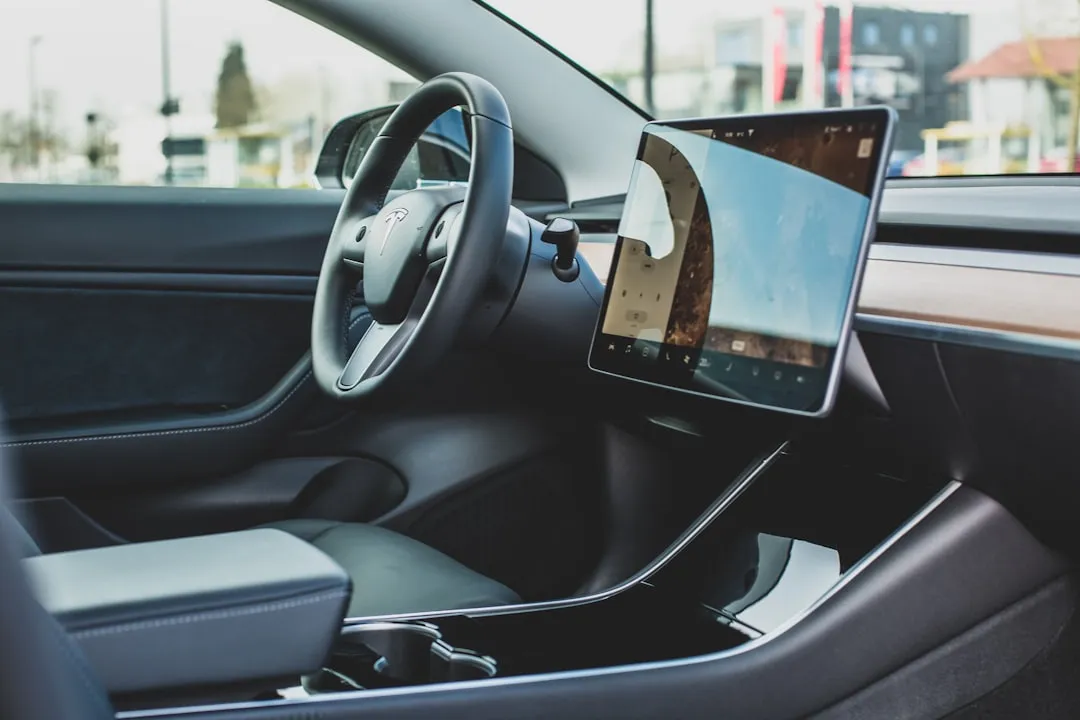
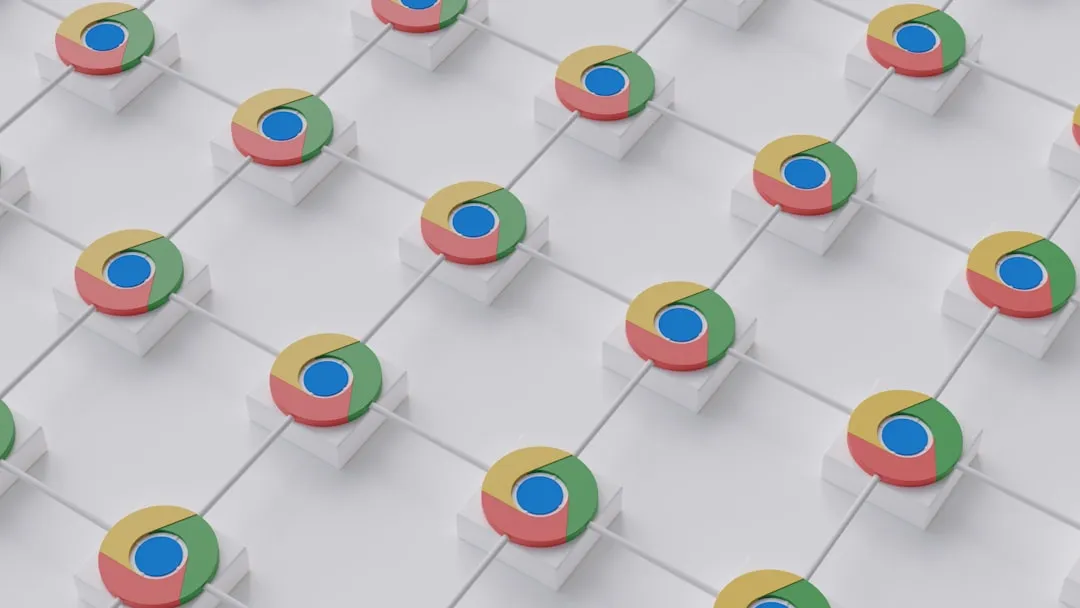
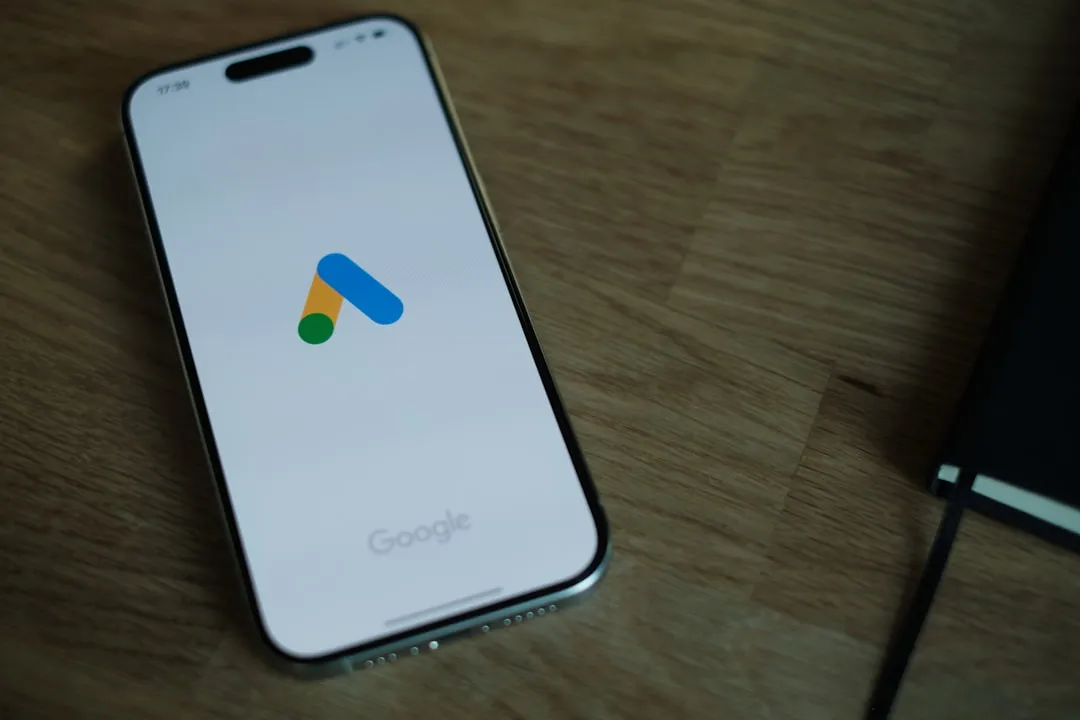

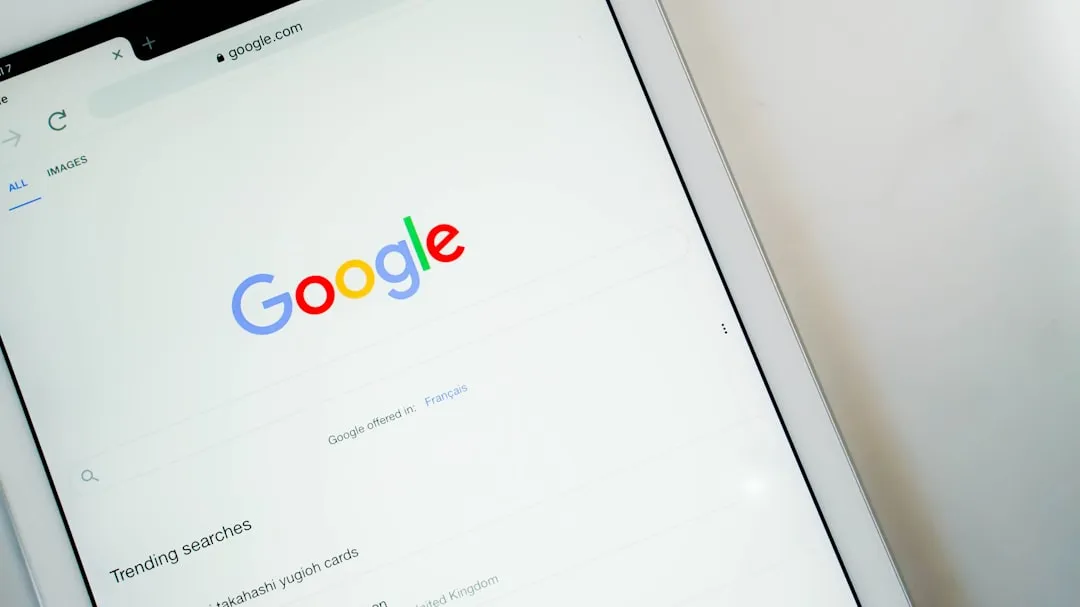


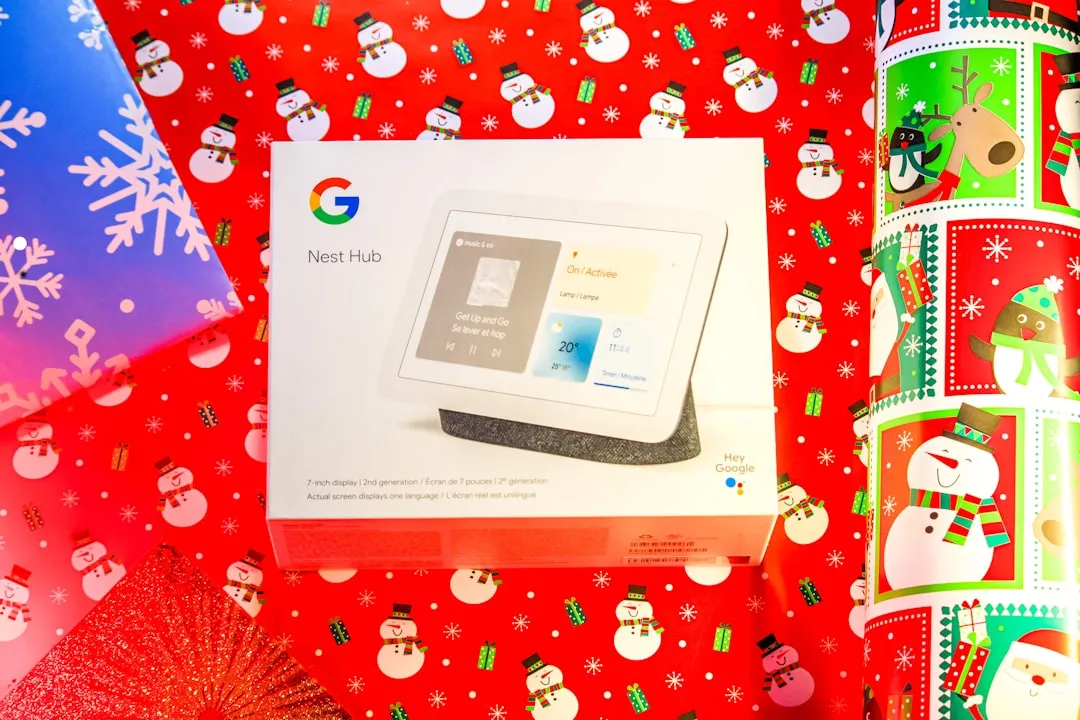


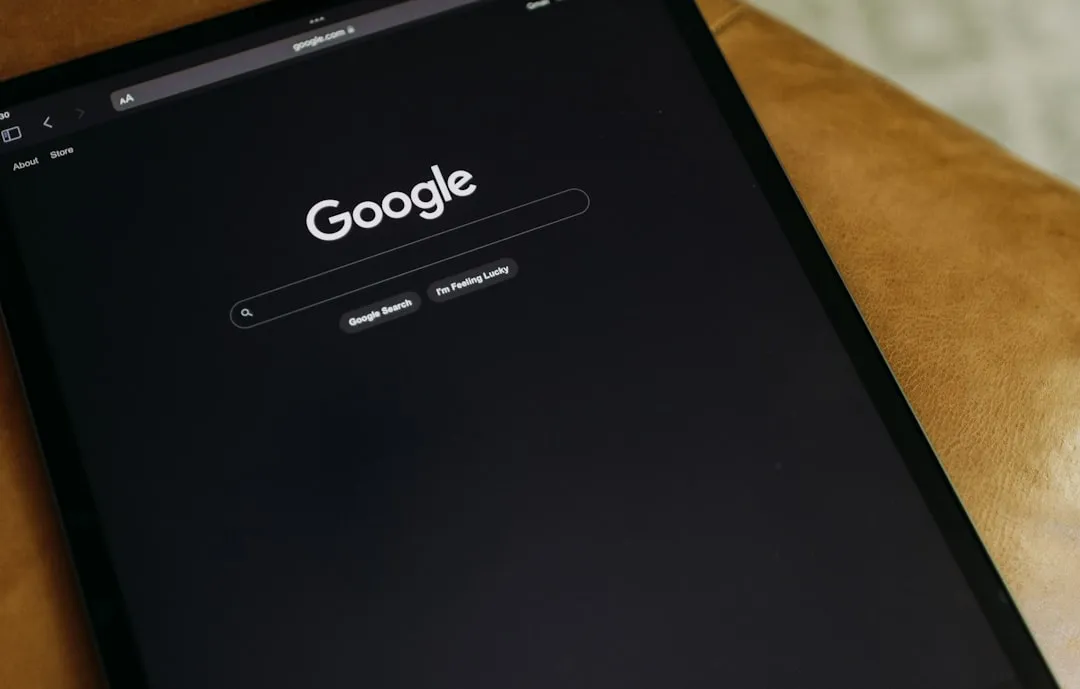
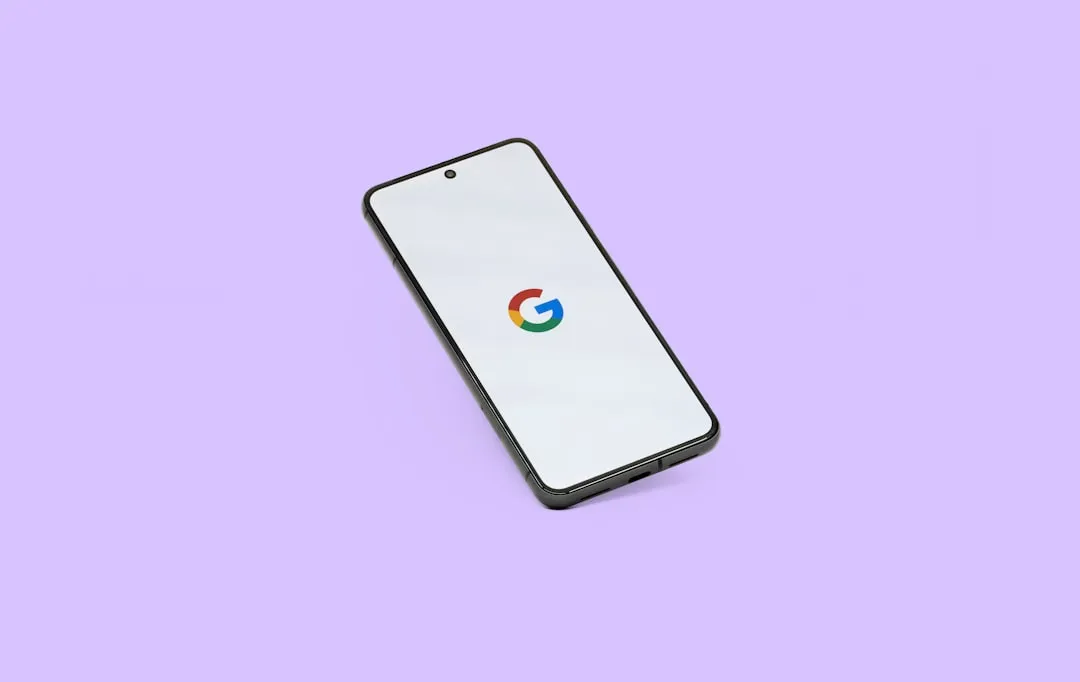
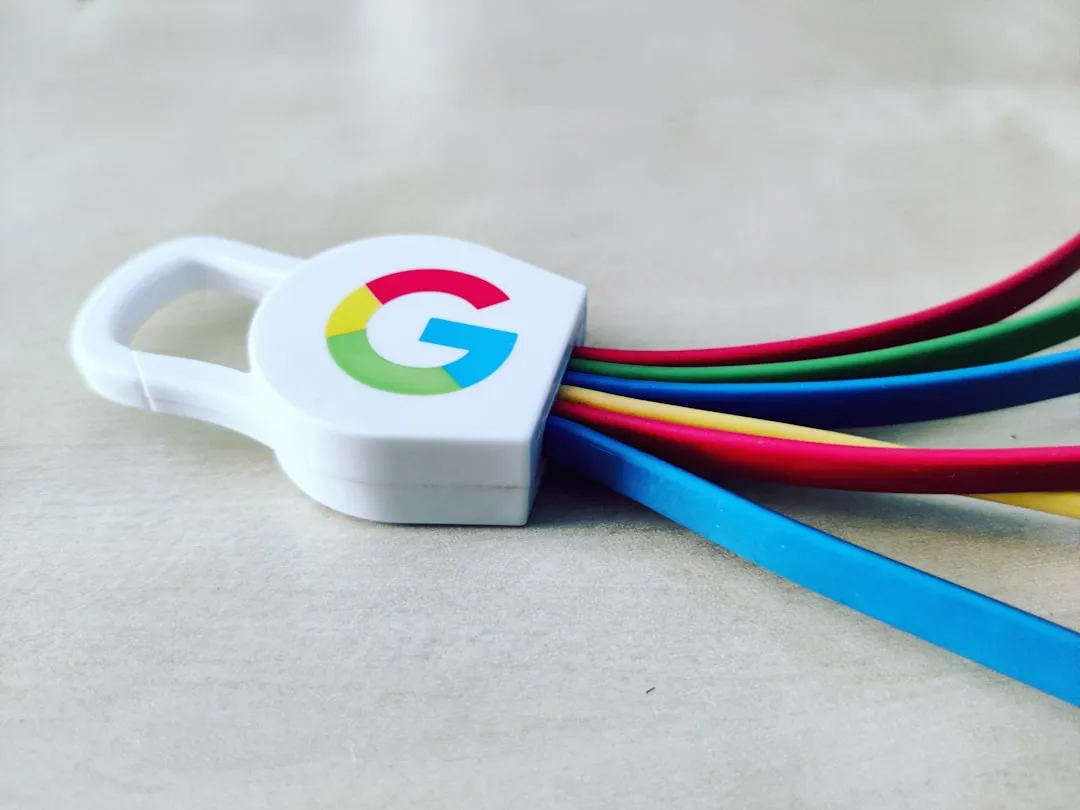
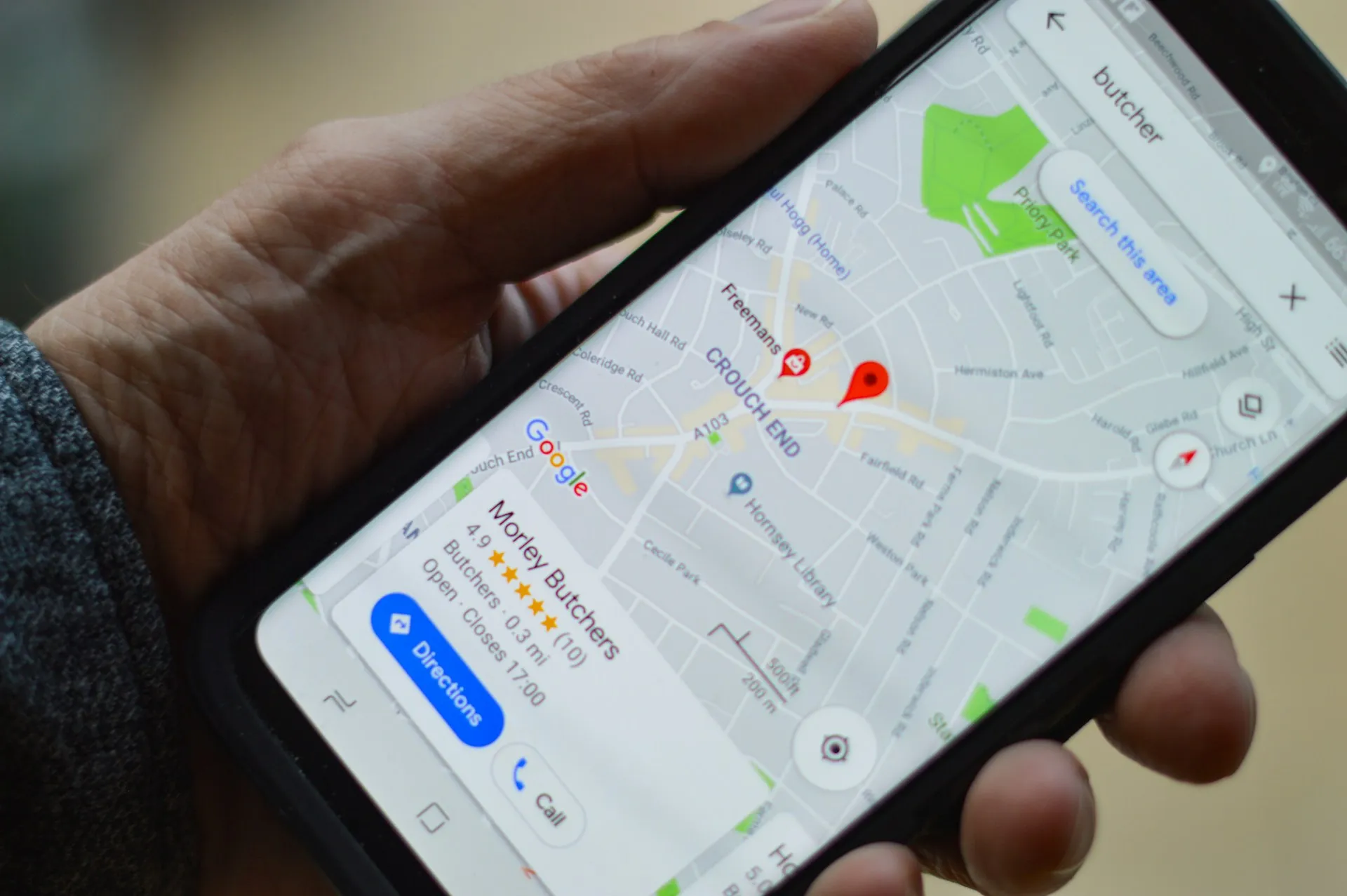
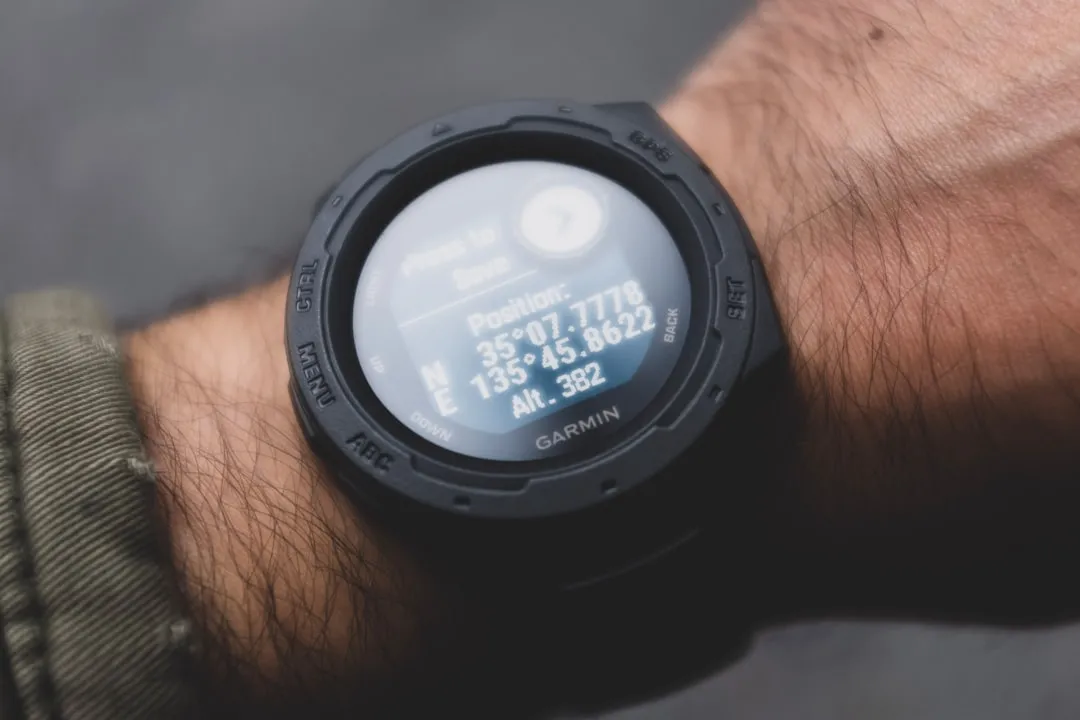

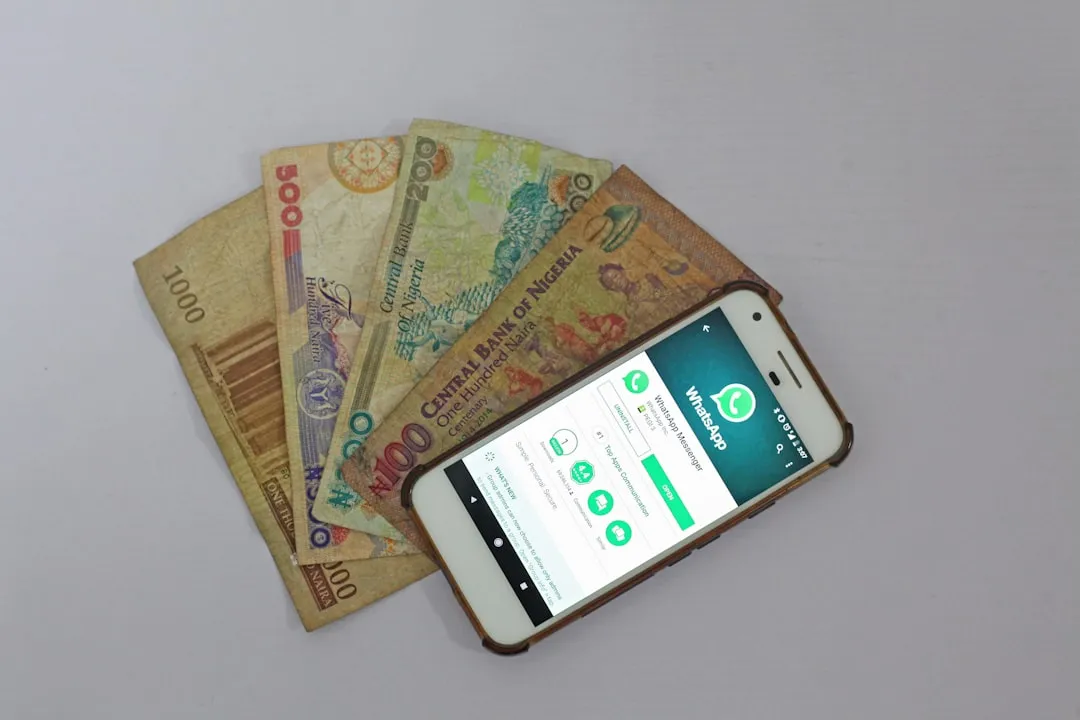
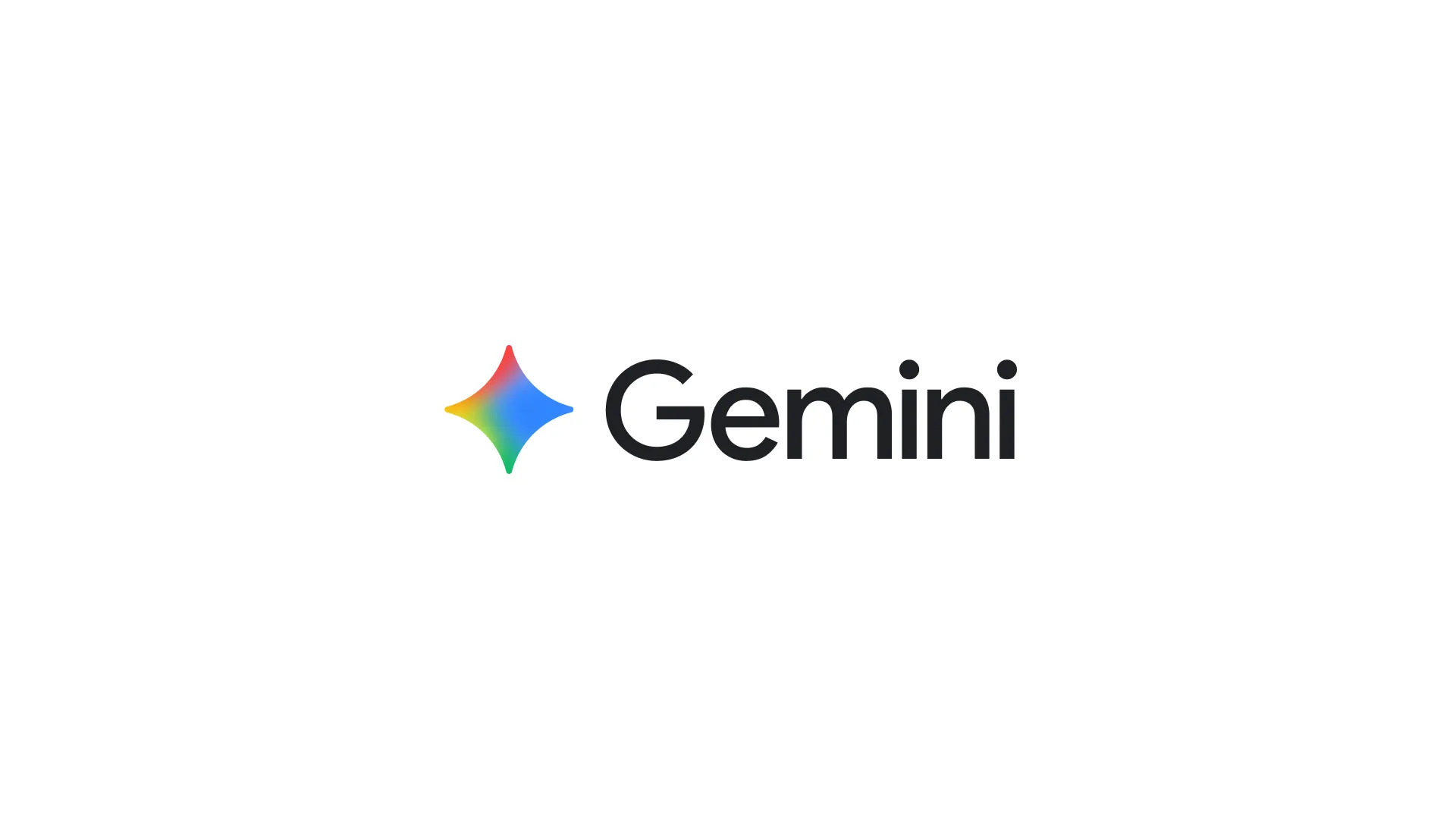
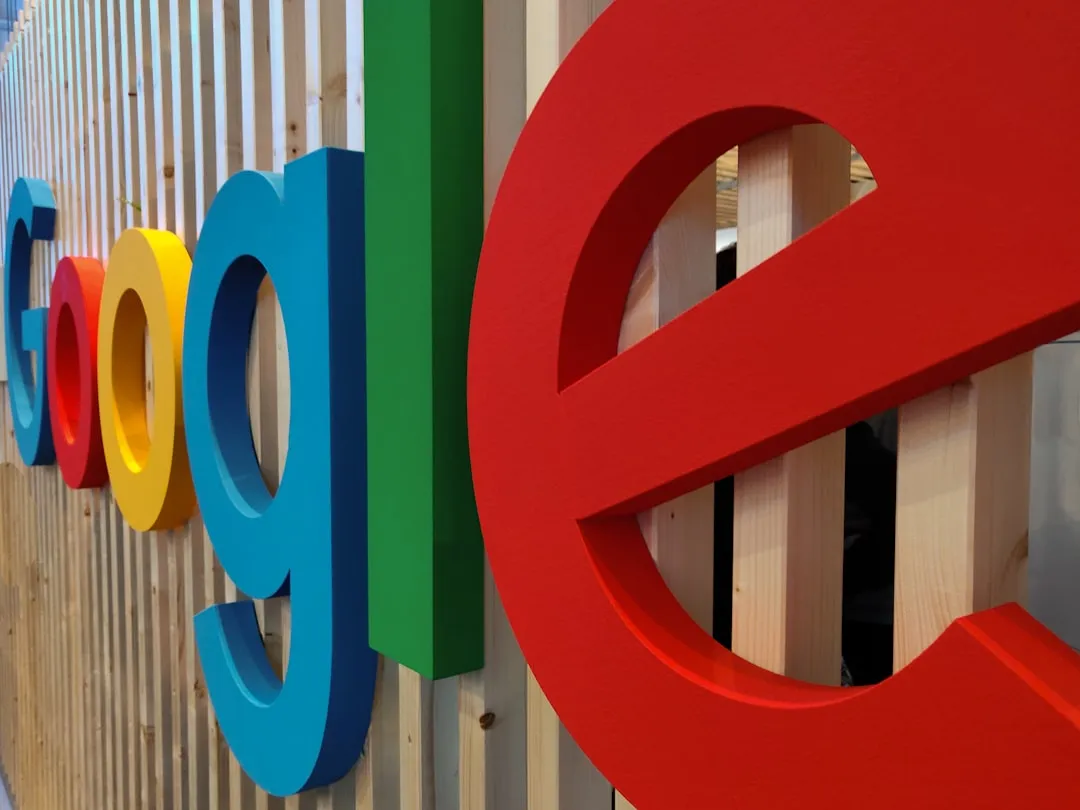
Comments
Be the first, drop a comment!